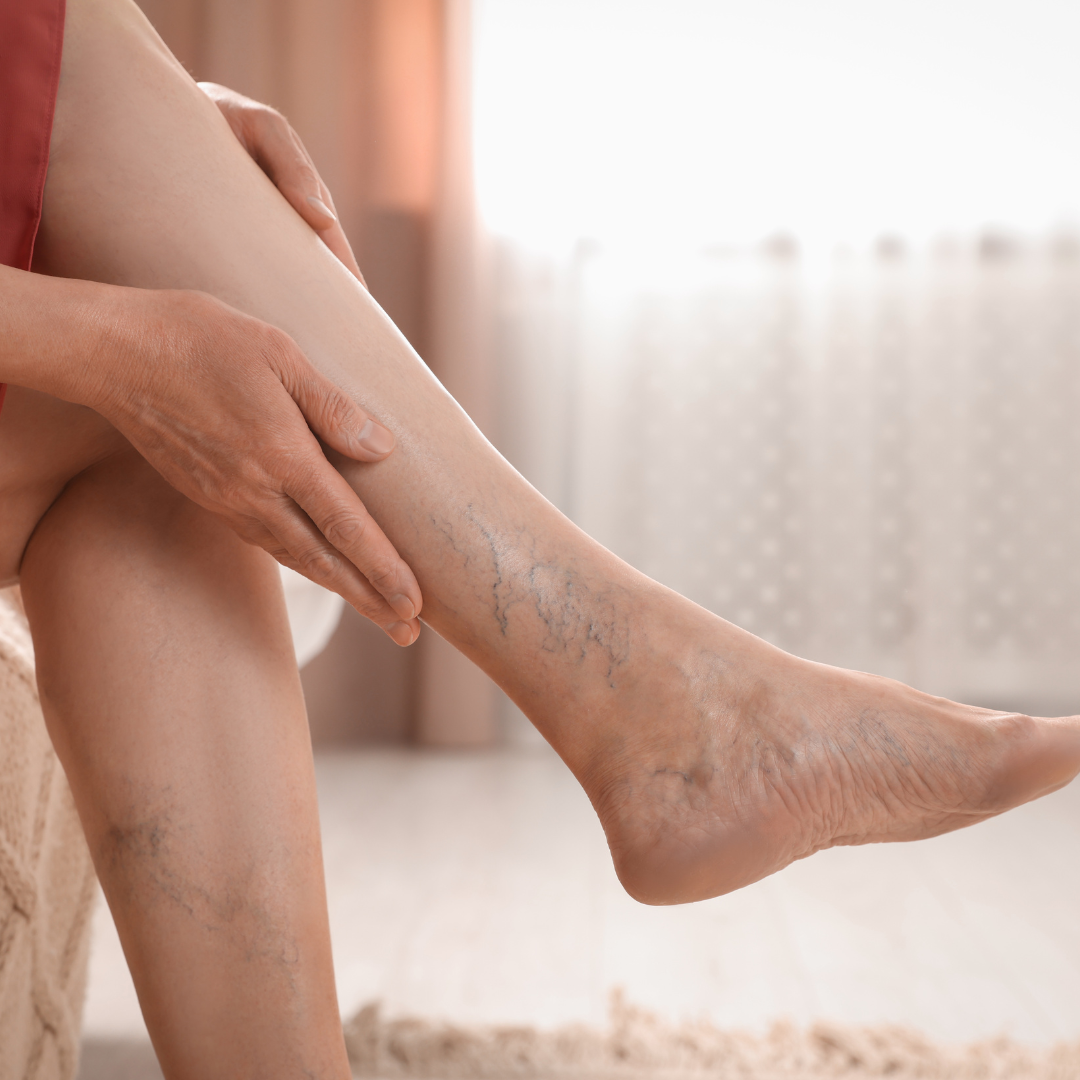Understanding Diabetes
Diabetes is a condition that impacts millions of people worldwide. Healthstar Physicians providers help patients learn more about this disease and how to manage it every day.
So, what is diabetes?
There are two main types of diabetes. In type 1 diabetes, which is more rare, the body does not make its own insulin, or it doesn’t make nearly enough insulin. If type 1 diabetes goes undiagnosed, the patient can become extremely ill and even die.Type 1 Diabetes Fast Facts
- Type 1 was once called Juvenile Diabetes, because it occurs more in children.
- We now know that type 1 diabetes can affect people of any age.
- 5% of those living with diabetes has type 1.
- Type 1 diabetes is managed well with insulin therapy.
You may have guessed that the other common form of diabetes is type 2. In this type of diabetes, your body does not use insulin properly, which leads to an overproduction of insulin at first, and then dangerously high blood glucose levels as the insulin continues to fail.Type 2 Diabetes Fast Facts
- Type 2 diabetes is the most common type.
- It can occur in people of any age.
- People with type 2 diabetes have “insulin resistance.”
- Type 2 diabetes is treated by lifestyle changes, medication, and insulin therapy.
There are other kinds of diabetes, including gestational and pre-diabetes.
What’s the big deal about insulin?
Simply put, without insulin, your body can’t get the sugar out of your bloodstream and into the cells, which use it for energy.

When you eat carbohydrates, your body breaks them down into molecules of glucose (sugar) which pass into your bloodstream. If everything is working properly, your body produces insulin in response to this blood sugar, which allows it to fuel your cells. If you’re not making insulin (type 1 diabetes) or your insulin isn’t working as it should (type 2 diabetes), then blood sugar builds up in the body.When blood sugar remains dangerously high:
- Your cells are starved for energy, which means you are constantly exhausted.
- You could experience damage to your eyes, kidneys, nervous system and circulatory system, including your heart.
Who is at higher risk of developing diabetes?
The exact causes of type 1 and type 2 diabetes are still not clearly understood, but there are ways to determine whether you’re at higher risk for developing diabetes. For example, statistics show that incidences are higher in African American, Latino, Native American, Asian American/Pacific Islander and elderly populations.Risk factors for type 2 diabetes and pre-diabetes include:
- Age over 40 years.
- Being overweight.
- Leading a sedentary lifestyle: exercise helps your body use glucose as energy, naturally keeping blood sugar levels lower.
- History of type 2 diabetes in close family members.
- Previous diagnosis of gestational diabetes: you could be predisposed to developing prediabetes or type 2 diabetes later in life.
- Having polycystic ovary syndrome increases the risk of diabetes.
- Blood pressure higher than 140/90 is linked to a higher risk of type 2 diabetes.
- Low “good” cholesterol (HDL or high density lipoprotein) and high “bad” fats (triglycerides) in the bloodstream could indicate higher risk of diabetes.
Risk factors for type 1 diabetes include:
- History of type 1 diabetes in your close family members.
- Environment and past health events, such as exposure to certain viral illnesses.
- Diabetes autoantibodies in your blood: this type of cell, part of your immune system, can be dangerous in the body, although their presence doesn’t always go hand-in-hand with type 1 diabetes.
- Geographical or genetic predisposition: Finland, Sweden and other countries have higher statistical occurrences of type 1 diabetes.
If you have some of these risk factors, it doesn’t mean you will certainly have diabetes. But they do increase the probability that you might develop the disease, so it’s a good idea to discuss options with your doctor -- including lifestyle changes -- to keep your health on track.
What are common signs and symptoms of diabetes?
If you’re experiencing any of these symptoms, it’s a good idea to discuss them with your healthcare provider. Keep in mind that symptoms vary according to how high your blood glucose levels are, and whether you may have type 1 or type 2 diabetes.
- Feeling extremely thirsty.
- Having to urinate noticeably more frequently.
- Feeling more hungry, more often.
- Weight loss without explanation.
- Unexplained presence of ketones in the urine. (This will likely be discovered at your doctor’s office.) This happens when your body isn’t using insulin to process sugar, so it begins to break down muscle and fat for energy.
- Being much grumpier than usual.
- Unusually blurry vision.
- Sores and injuries that take a long time to heal.
- An increase in gum, skin or vaginal infections (often caused by an increased yeast population.)
Prevention
Although type 1 diabetes can’t be prevented, other kinds of diabetes can. These lifestyle changes may save your life:
- Choose healthier foods! Lower fat and calories, higher fiber, and an increase in fruits, vegetables and whole grains have been shown to improve overall health and decrease your diabetes risk. You may wish to speak to your doctor about a highly specialized diet to get you on the right track.
- Exercise, exercise, exercise. 30 minutes every day will go a long way. Try walking, biking, swimming laps, or taking classes at your local gym. Exercise with a friend or with your dog or kids to keep you motivated.
- Lose weight! Luckily, incorporating a healthy diet and more exercise will help you do this. Research shows that losing even just 7 percent of body weight (14 pounds if you weigh 200 pounds, for example) can make an impact in reducing the risk of diabetes.
Note: Pregnancy is not the time to worry about weight loss. If you’re worried about your weight and are trying to get pregnant, or if you’re already pregnant, discuss your concerns with your doctor.
Healthstar tip: Make lifestyle changes you know you can stick with. Losing weight gradually, adding fun physical activity and eating things you enjoy will help. Keep yourself motivated by realizing how important the benefits are: being there, and being healthy, for your friends and family!
Treatment for Diabetes
There are a variety of treatments for diabetes. Your healthcare provider will specifically tailor a plan that takes all your needs into account. Healthy eating and regular exercise -- the same healthy choices that can help prevent diabetes -- can often effectively control type 2 diabetes symptoms. Sometimes, a healthy lifestyle isn’t quite enough to control blood glucose levels. Blood sugar monitoring, insulin and oral medication are often prescribed to manage type 2 diabetes. Insulin injections and pumps, frequent blood sugar checks and diet changes such as carbohydrate counting are all regular treatments for managing type 1 diabetes. Your doctor will also monitor your other blood levels, such as endocrine and hormone, to get a personalized, whole picture of your health, so you can optimally treat your diabetes symptoms. Visit our blog for more information about medical conditions, healthy living and more.




